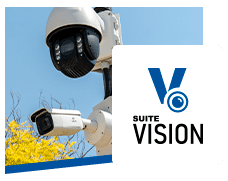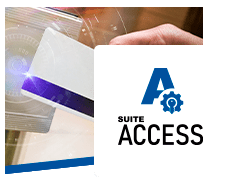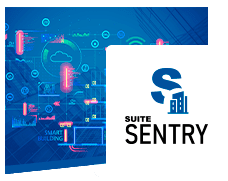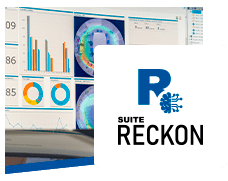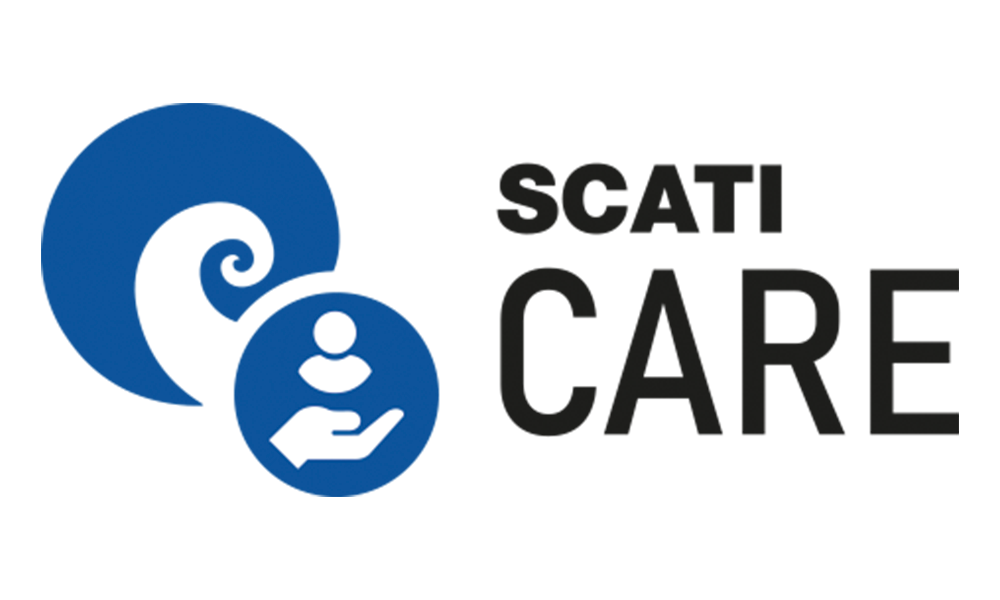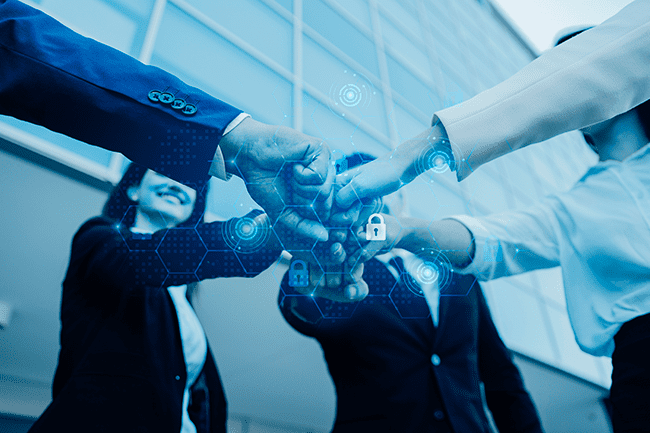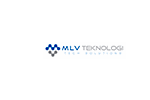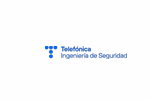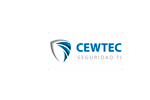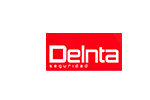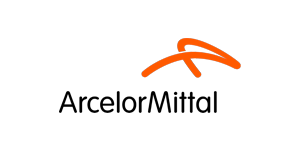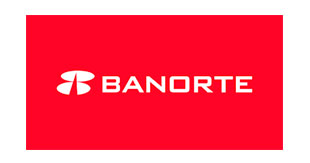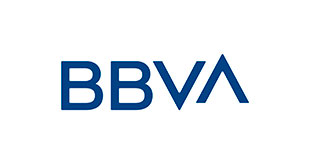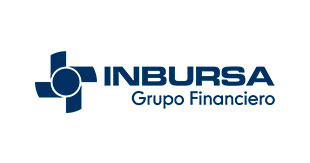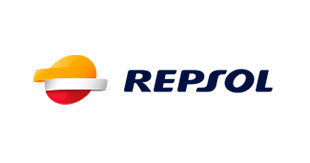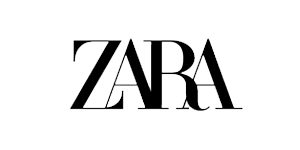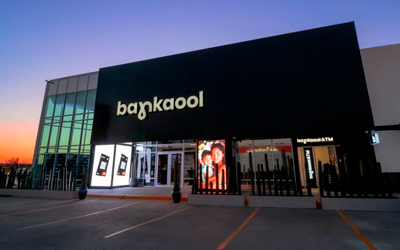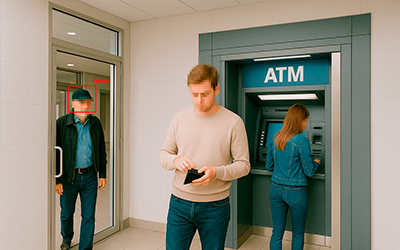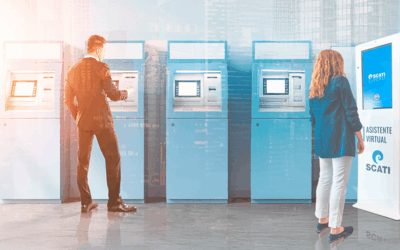Smart security solutions
You imagine, we create
smart
SECURITY solutions
Manufacturer
SCATI offers a complete smart security solution that provides your organization with much more than just security management.
We develop our own platforms for: Systems Integration, Video Surveillance and Access Control; with the latest in Artificial Intelligence and Big Data management so that our users get the most out of their systems, with the highest IT and cybersecurity standards.
Simplify your daily operations, equip your operators with intelligent tools that enable them to be more productive and get the most out of your systems with SCATI, so you can go beyond security.
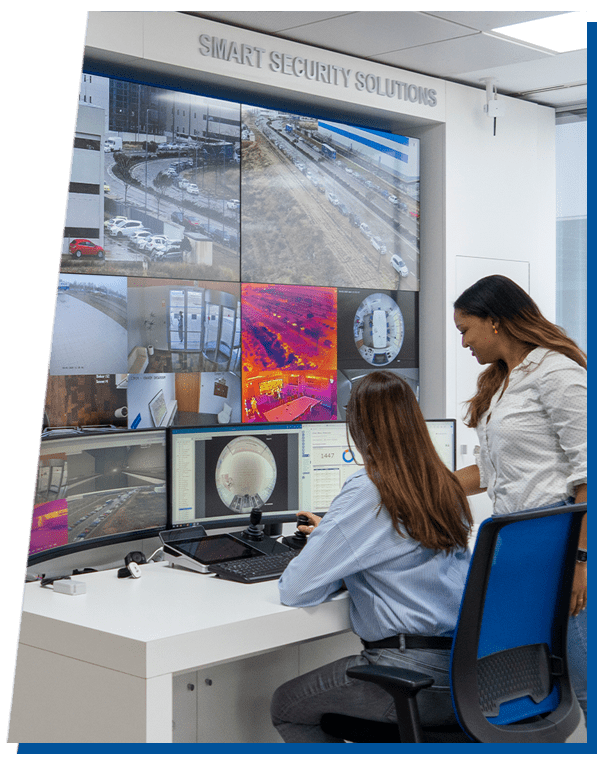
COMPLETE PLATFORM
BEYOND SECURITY
TECHNOLOGICAL PIONEERS
We are a 100% Spanish capital company that develops its own software for security management.
COMMITMENT
More than 25 years of innovative experience, adapting our solutions to your security and business needs.
GLOBAL EXPERIENCE
Working at international level allows us to know the casuistry of each industry and to propose you totally adapted solutions.
SERVICES
SCATI CARE
We are committed to offering quality services that allow us to create strong ties with our customers and loyalty to our brand.
Our goal is that our customers get the most out of our technology solutions and ensure their peace of mind.
We accompany our clients throughout the project cycle, paying attention to those details that make the difference and making available to them the widest range of services possible, so that each user can choose the ones that best suit their budget and operational needs.
PARTNER PROGRAM
TOGETHER, BETTER
We believe that the best and only way to achieve success is to motivate our Partners to offer the best solutions and services to their clients, with the objective of achieving greater efficiency, profitability and security.
We build our business hand in hand with our Partners and we want our Partners to build their business with SCATI.
Through the SCATI Partner Program we formalize and cultivate what we have and what we want to enhance with our Partners, betting on a strong and professional relationship, supporting and backing the growth of our Partners.
you imagine,
we create
CASE STUDIES
Throughout more than twenty-five years of experience, SCATI has worked with a long list of companies and partners to carry out a wide variety of projects, always adapting to the needs of our clients to achieve the standard of excellence to which we aspire. Visit our project portfolio to see first hand the versatility and professionalism of our work.
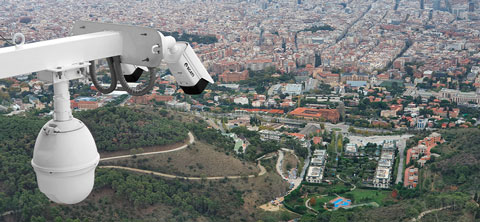
have already trusted us
News
Bankaool evolves towards intelligent and centralized banking security
Bankaool, one of the most promising financial institutions in northern Mexico, has opted for SCATI technology to guarantee the security of its branches and optimize the management of its facilities.CHALLENGE With more than 30 branches in northern and central Mexico,...
Video analysis and Artificial Intelligence in banking security: myths, legends and truths from experience
Systems integration is key to improving the safety and operational efficiency of any facility. Without centralized management, risks increase, costs skyrocket and operations become inefficient.
SCATI REMOTE ASSISTANT: efficient and secure remote care solution
Systems integration is key to improving the safety and operational efficiency of any facility. Without centralized management, risks increase, costs skyrocket and operations become inefficient.



